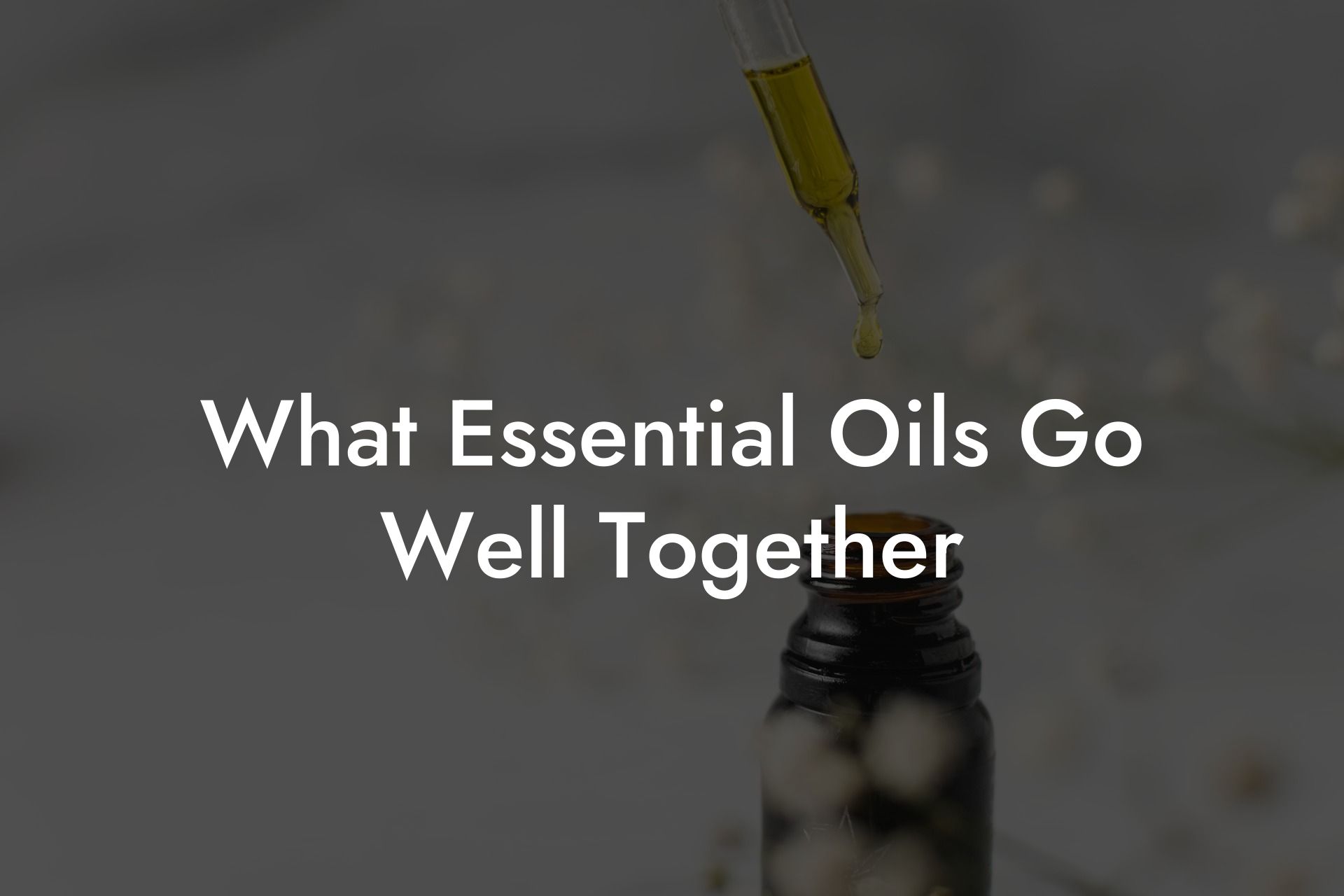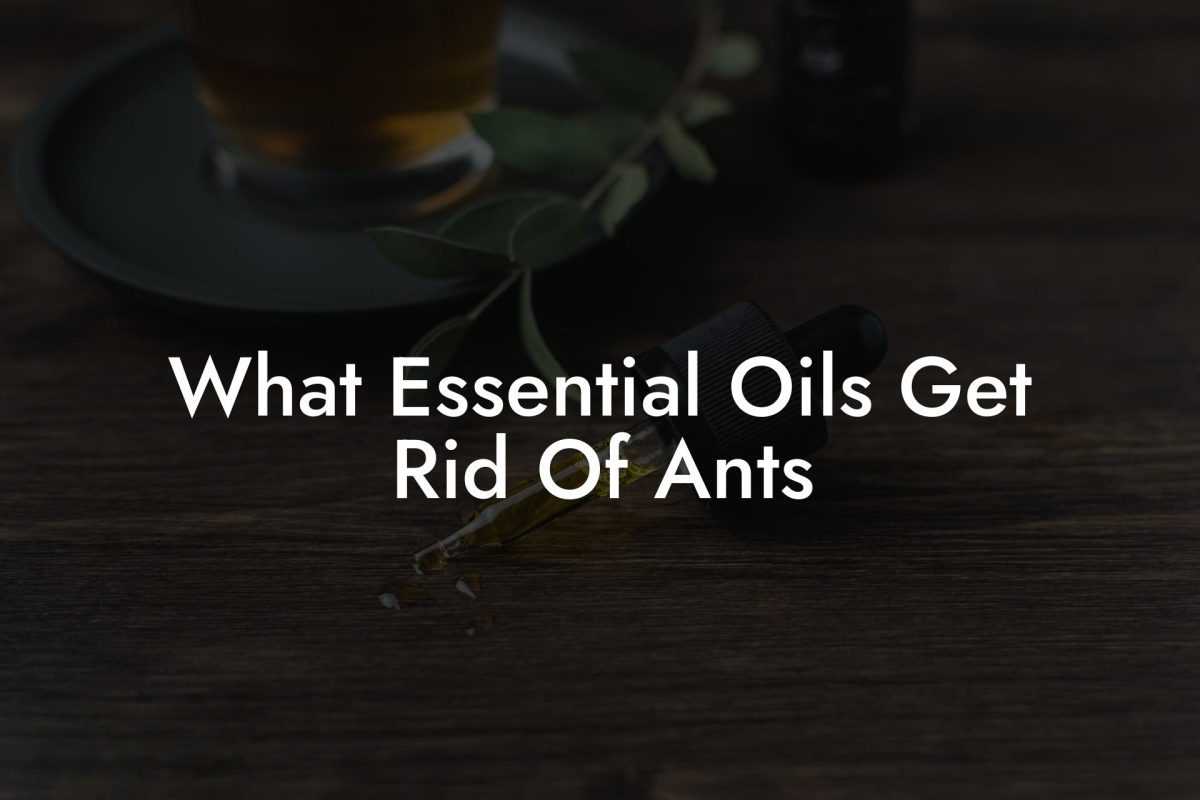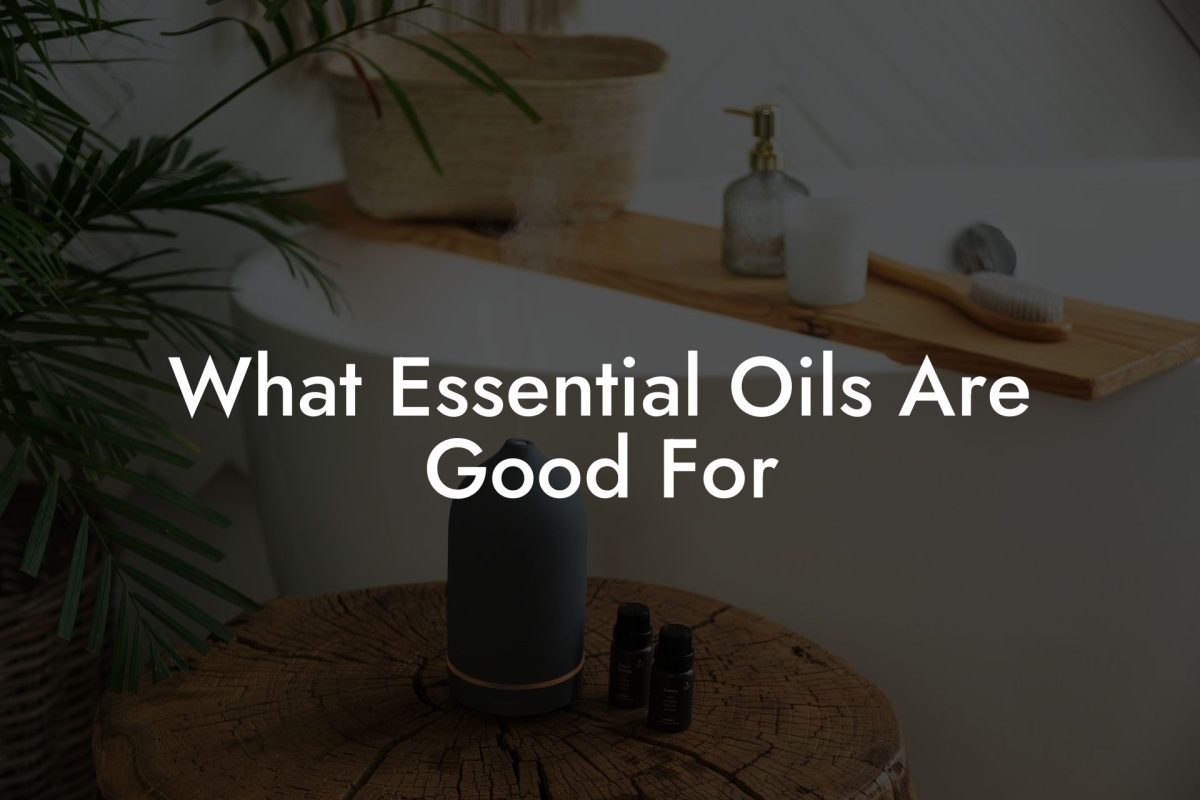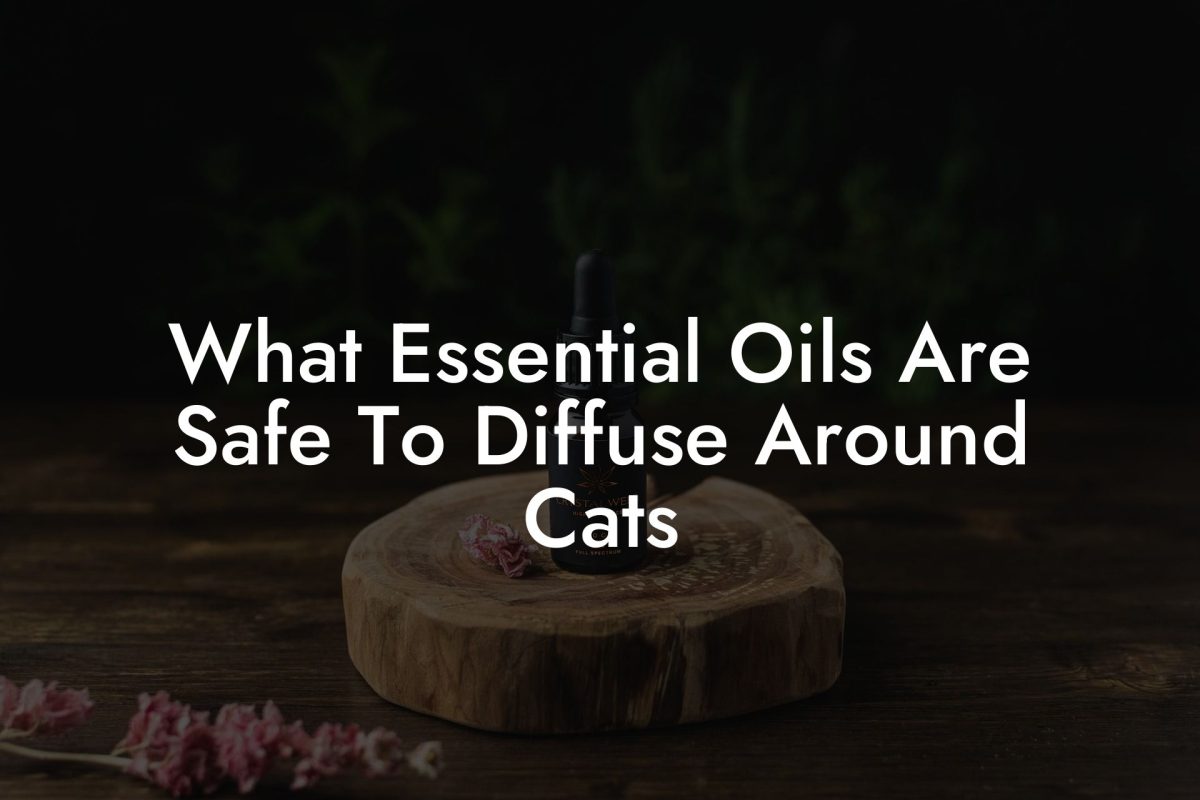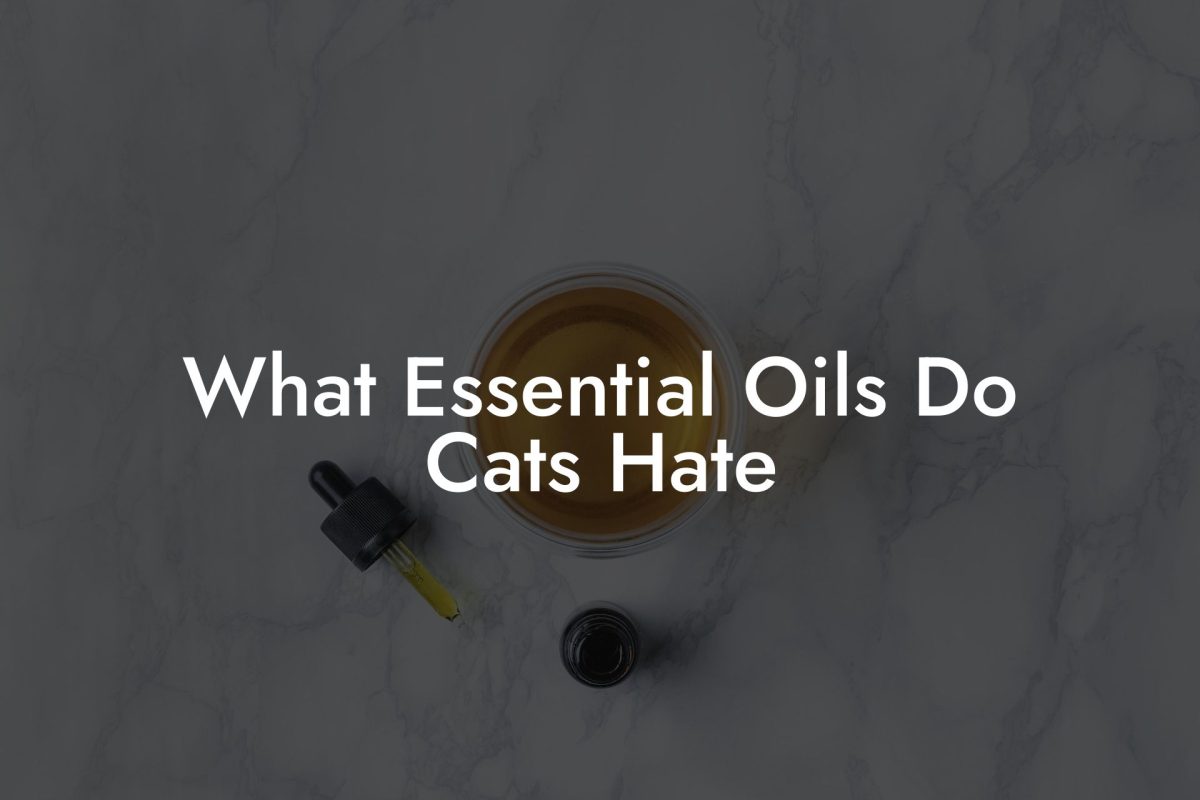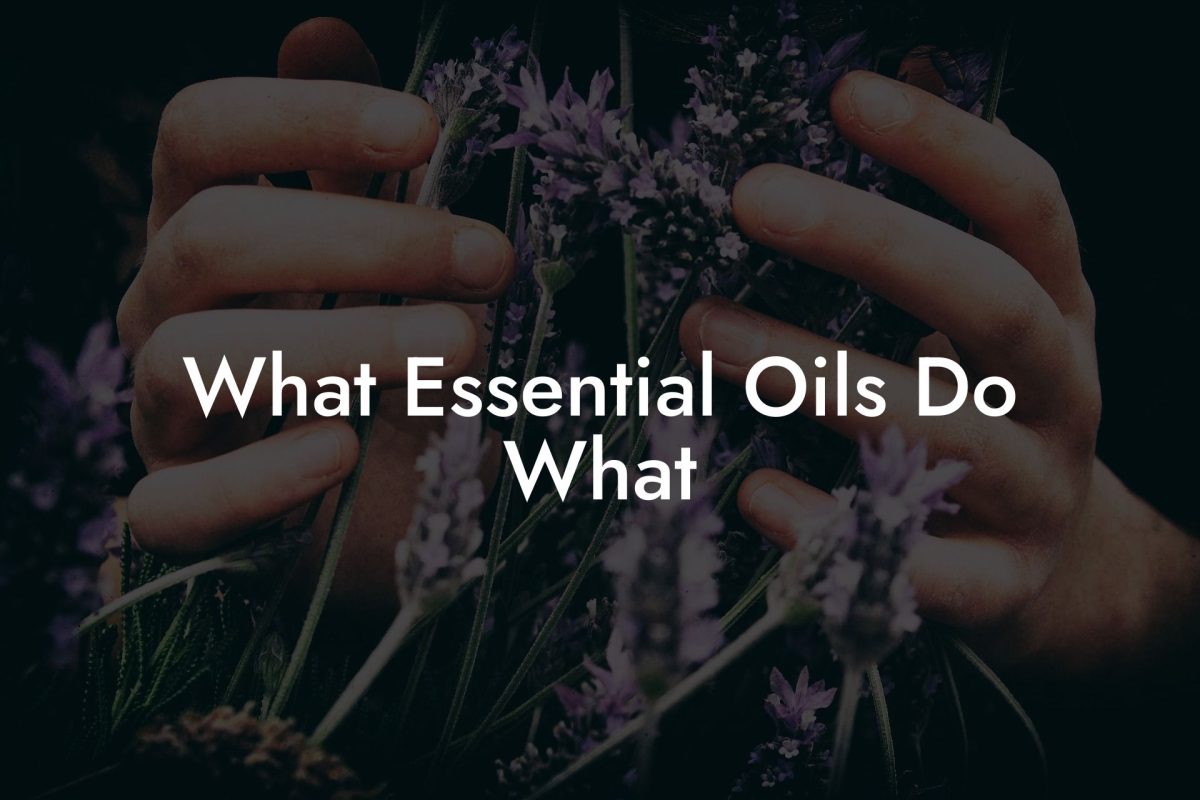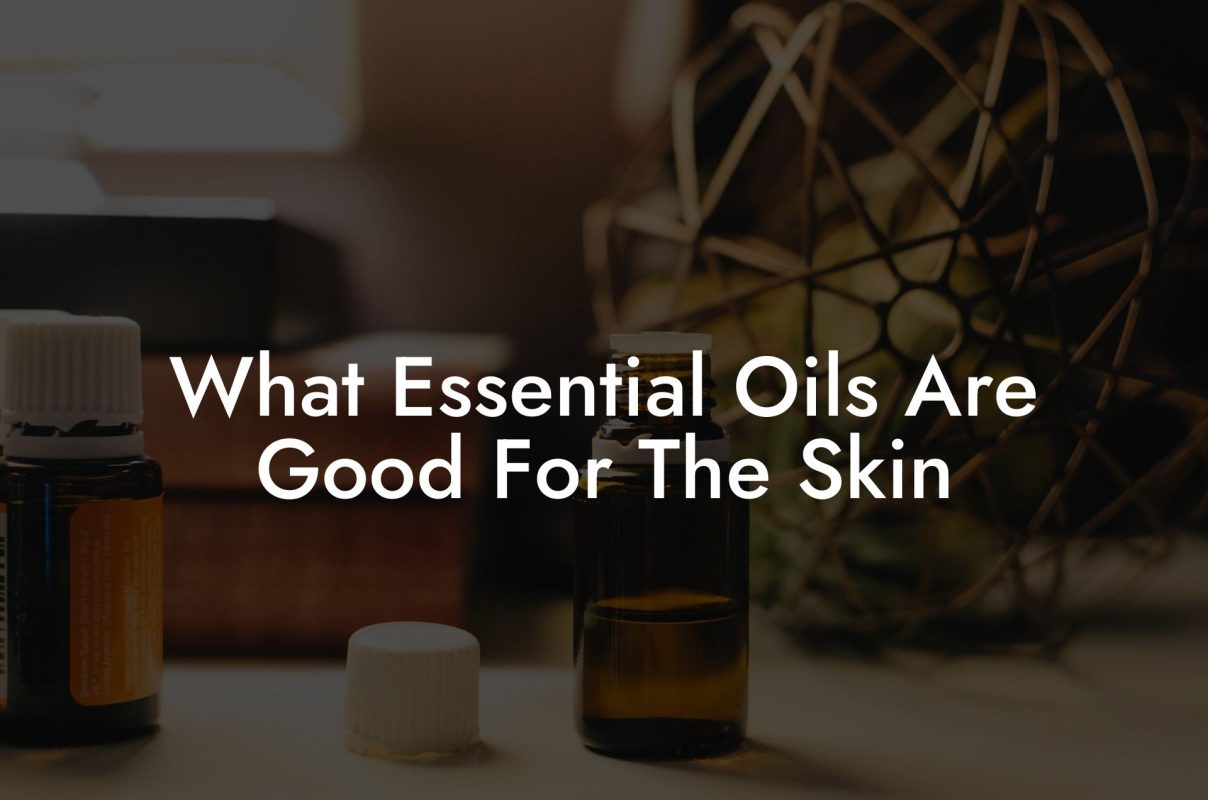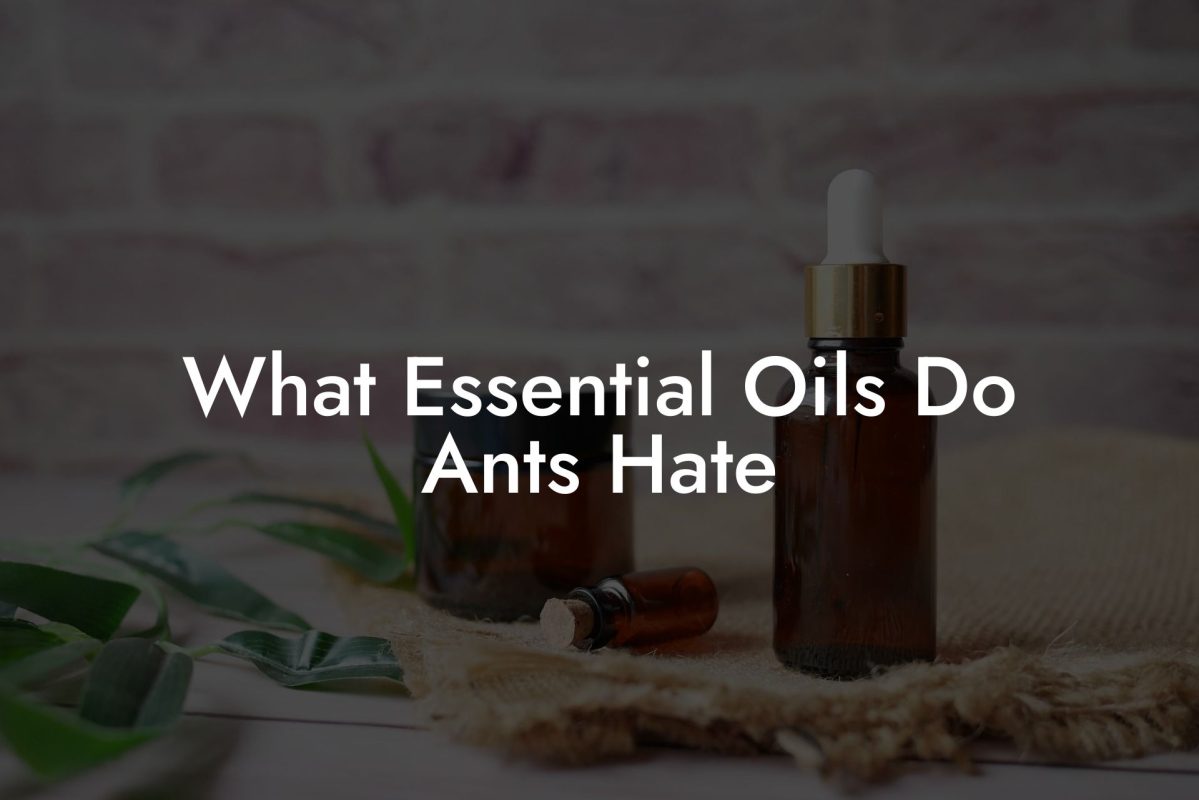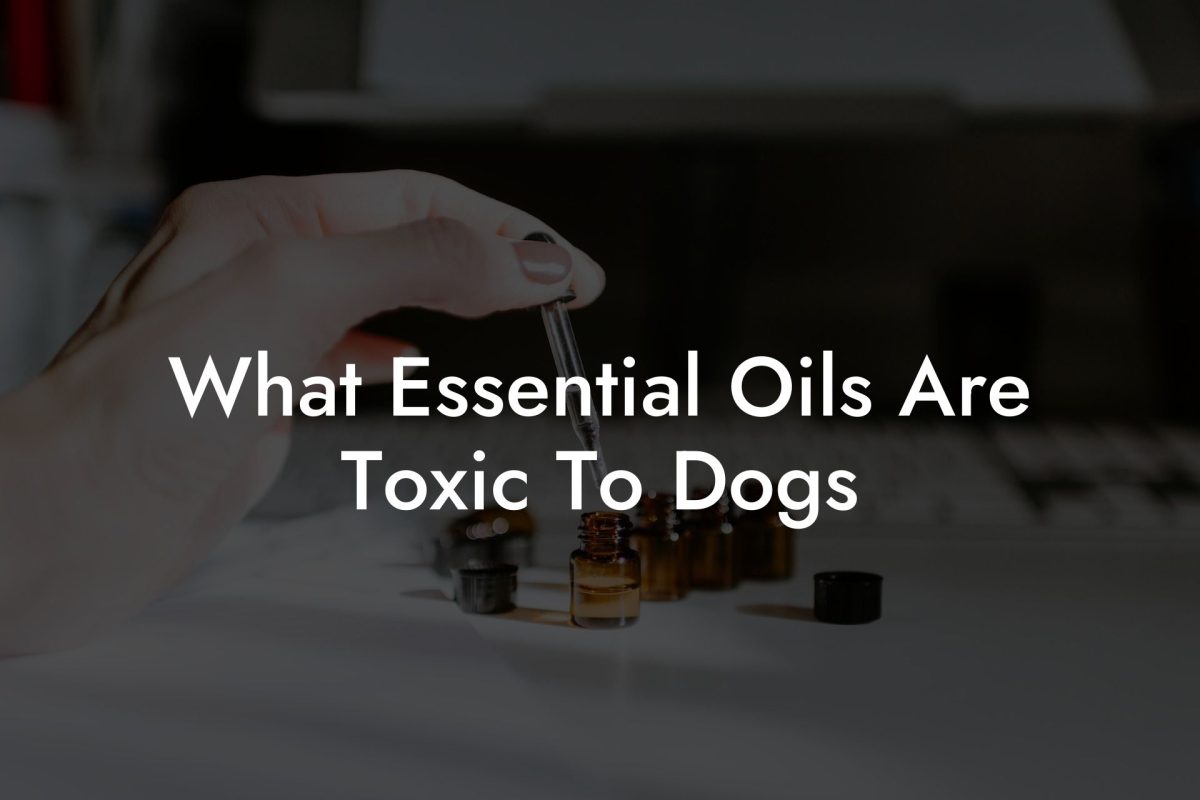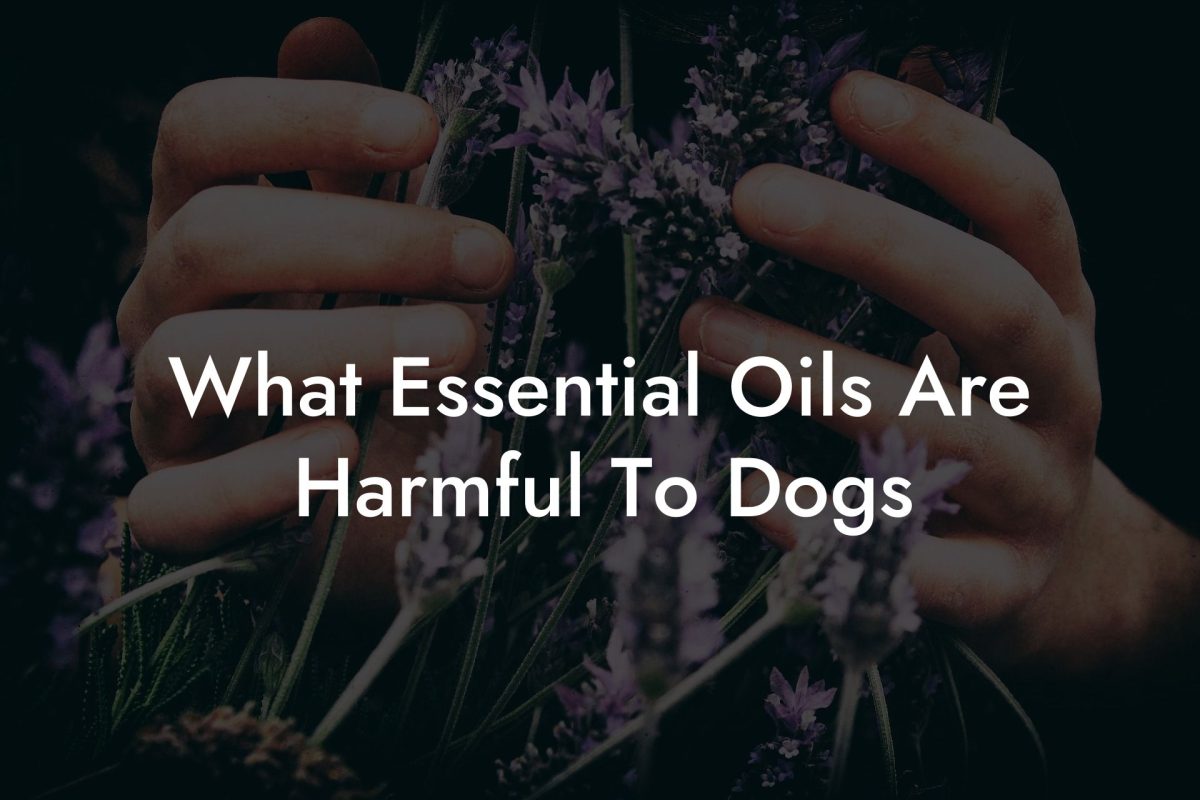Are you ready to unlock the secrets of powerful essential oil synergies? Combining essential oils can create unique and powerful blends that can enhance your wellbeing or promote a particular atmosphere. In this comprehensive guide, we will explore the key principles of essential oil pairings, and how they can create powerful, harmonious blends. So, let’s dive into the intriguing world of aromacology and discover which essential oils go well together.
Table of Contents
Understanding Essential Oil Synergy
Essential oil synergy is the concept that certain oils work better together than they do individually. Creating a synergy blend can heighten the therapeutic benefits, create complex and appealing scents, and balance the potency of powerful essential oils.
The Importance of Essential Oil Categories
Essential oil categories refer to how certain oils are classified based on their aroma and therapeutic properties. Here are some of the common categories:
- Floral: These soft and sweet oils, such as lavender, rose, and jasmine, evoke feelings of love, sensuality, and happiness.
- Citrus: Tangy, fresh, and vibrant, citrus essential oils like orange, lemon, and grapefruit uplift and energize.
- Herbal: With crisp, refreshing notes like mint, basil, and rosemary, herbal essential oils can help clear the mind and improve concentration.
- Woody: Oils with rich, earthy tones, such as cedarwood, sandalwood, and frankincense, promote grounding and balance.
- Spicy: Warm and stimulating oils like cinnamon, clove, and ginger offer invigorating and comforting properties.
- Resinous: Myrrh, copaiba, and other resinous oils are commonly used for their soothing and calming effects.
Understanding the categories can help predict which essential oils will blend well together. Pairing oils within the same category often results in harmonious blends. However, complementing opposites, such as floral and citrus, can create unique and intriguing combinations as well.
Top, Middle and Base Notes
Another key factor in creating a well-rounded blend is considering the top, middle, and base notes. In perfumery and aromacology, the volatility and aroma longevity of essential oils classify them as:
- Top notes: These have the lightest and most volatile molecules, evaporating quickly and offering the first impression of the blend. Examples include citrus and herbal essential oils.
- Middle notes: These are the heart of the blend and typically make up the majority of the overall composition. They can be floral, fruity, spicy, or woody.
- Base notes: These have the largest and least volatile molecules, providing depth and grounding to the blend. They tend to linger the longest and are often woody or resinous oils.
By combining top, middle, and base notes, you create a well-rounded essential oil blend that evolves over time, offering multiple layers of olfactory pleasure.
What Essential Oils Go Well Together Example:
Blend Example: Uplifting Citrus and Floral Blend
For this blend, you will need:
- 3 drops of bergamot essential oil (citrus, top note)
- 3 drops of lavender essential oil (floral, middle note)
- 2 drops of sandalwood essential oil (woody, base note)
Mix these essential oils in an aromatherapy diffuser or with a carrier oil for topical application. You will experience a bright and refreshing citrusy scent from the bergamot, a soft and soothing aroma from the lavender, and a gentle grounding effect from the sandalwood.
Now that you have a deeper understanding of the principles of essential oil synergy and harmony, you can confidently embark on your own essential oil blending journey. Create your unique combinations or explore the Oshu Oils range for expertly crafted essential oil blends. Share your newfound knowledge with friends and dive into the other guides on Oshu Oils’ blog to continue unlocking the secrets of aromacology.

